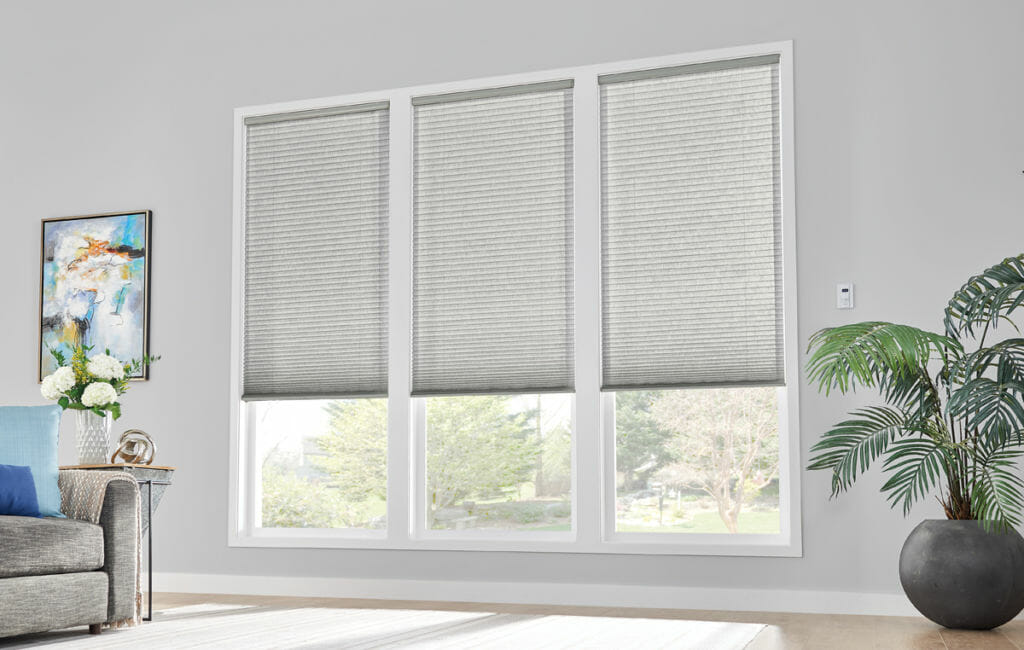
The three common questions our installers receive from our customers around energy-efficient homes are:
- What are the most energy-efficient window treatments?
- How can we use less energy at home?
- What else can you do to improve your home’s energy efficiency and reduce your energy bill?
We’ve already taken a look at the 4 best ways to lower your electric bill with window treatments – if you missed our last post, check it out here. The window treatments you choose for your home have a significant impact on your home’s energy efficiency and your monthly electric bill. Of course, energy-efficient windows and treatments are just part of the picture. So that got us thinking, what is the most energy-efficient house? You can do lots of things to improve your home’s energy efficiency and save energy.
We put together a list of energy efficient home ideas and proven steps on the path to energy saving.
Cool Your Home With Fans Instead of Air Conditioning
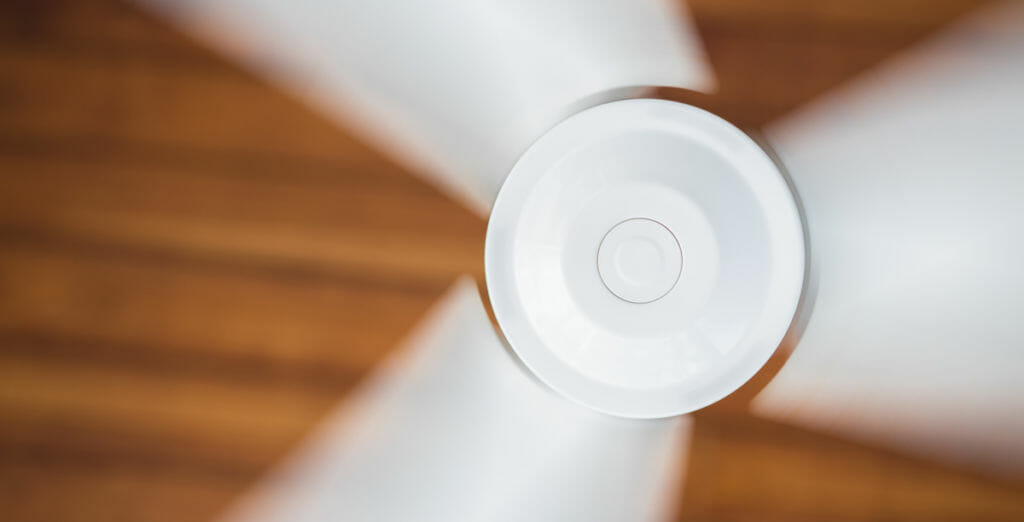
We touched on heating and cooling in our last post but want to go into a little more detail. The bottom line is simple: running a fan takes a lot less electricity than running an air conditioner. In a typical home, air conditioning represents 16% of the total electricity used—and this can be as high as 70% in warmer climates! If you can cool your home effectively with fans, expect to see lower utility bills.
Part of the reason that fans require less electricity is that they don’t change the air temperature the way that air conditioning does – they just move air from one place to another.
How do fans cool us off? (and keep cooling costs down)
There are three ways fans can have a cooling effect in your home:
- Windchill
- Bringing cool air in
- Pulling hot air out
Windchill won’t lower the temperatures within your home but can provide relief to people within the home. When air that is a lower temperature than your body temperature flows by you, you’ll experience some relief due to evaporative cooling. You will cool off a little as the airflow takes heat from your body and distributes it in the room. This is how ceiling fans and freestanding fans can have a cooling effect, even if the windows are closed, and it’s hot outside. Simply circulating the air can help you cool down.
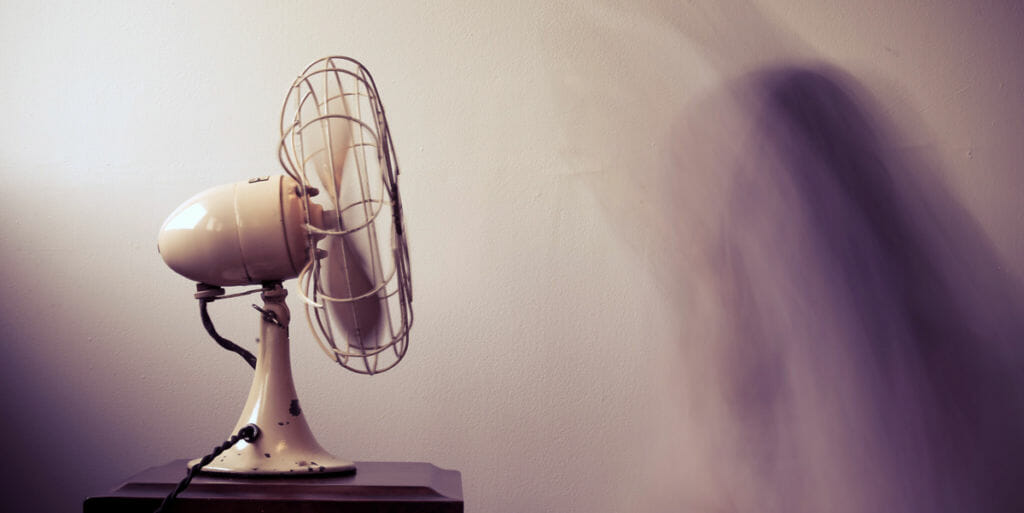
Bringing cold air into your home and pulling hot air out are two sides of the same coin. If you use fans to bring cold air in, it can help push hot air out of your home. If you use fans to pull hot air out of your home, that creates space for cool air. Do everything you can to reduce your home’s temperature once the sun goes down and evening temperatures drop. This can be achieved with window fans: if you have a fan pulling air into your home through one window, position a fan on the opposite side of the home pulling air out.
Whole-home cooling can also be achieved with a whole house fan. This is a fan system that is typically installed on the attic ceiling. Hot air naturally rises to your house’s top floor, and the whole house fan pulls the hot air into the attic. Hot air in the attic will leave your home through the roof vents. Cool air from open windows can now enter your home through open windows.
If your home has a forced-air furnace, you may also be able to use the furnace blower motor to circulate cool air from your basement throughout the house. Using your thermostat, you can set the furnace fan to the “On” position without running the heating system to circulate cool air through your home.
“The furnace unit draws air into the unit and circulates it through the ductwork to all areas of the home. The air is not chilled by air conditioning, but it creates a breeze that works by the windchill principle to cool you off. This works best if your furnace’s cold air return is located in a cool basement or other cool areas. Pulling the air back to the basement where the cement slab remains cool cools the air off as the cement absorbs some heat.
For furnaces located in rooms with a window, you can take advantage of the window to create more airflow. When the fan is turned on, it will draw fresh air from the outside and circulate it through the home. Turning the fan on in the evening after a hot day and opening the window to let in cool air will cool the home off quickly. Circulating air with the blower fan on your furnace also evens out the air temperature throughout your home cooling rooms on upper levels.”
Learn more from Stonearmor.com »
Make the Switch to LED Light Bulbs
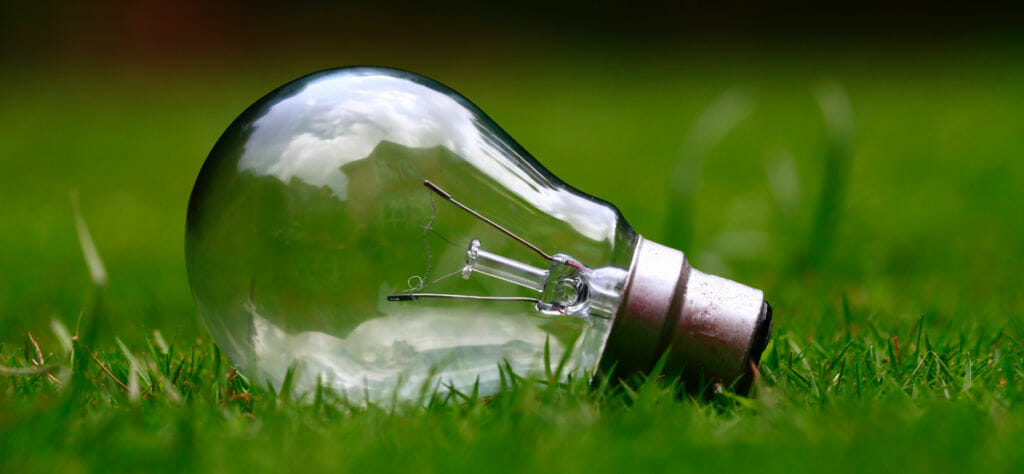
Are you still using incandescent bulbs in your house? While these are cheap to buy initially, incandescent bulbs have to be replaced more often, emit more heat, and are far less energy-efficient than LED bulbs. According to Energy.gov, you can save $75 every year by replacing your home’s five most frequently used light fixtures ENERGY STAR certified bulbs. LED lighting:
- Typically use about 25%-80% less energy than traditional incandescents, saving you money
- Can last up to 25 times longer than traditional incandescent bulbs
- Are available in a wide range of light colors and light levels
LEDs use less energy, plus they help keep your home a little cooler!
Because they are more efficient, LED lights emit less heat than traditional incandescent lights. In both cases, the heat coming from your light fixtures shouldn’t have a dramatic impact on your home’s interior temperature, but during a heatwave, every little bit helps! LEDs produce some heat (all light bulbs do), but it’s less than incandescent light bulbs. A typical LED might produce 15% visible light and 85% heat, while an incandescent bulb produces just 5% visible light and 95% heat.
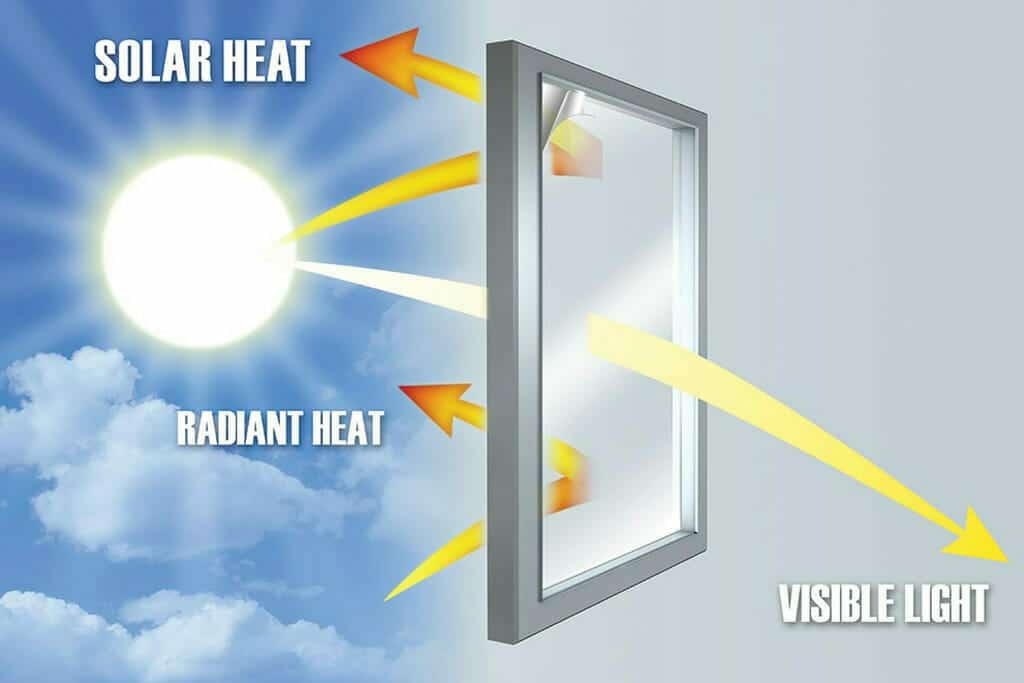
Even better than LED bulbs: If you can rely on natural light instead of light bulbs during the day, you’ll see some savings on your utility bill. Energy-efficient film and solar window screens can be added to your windows to allow visible light into your home while blocking radiant heat.
Make Energy Savings Fun for the Family
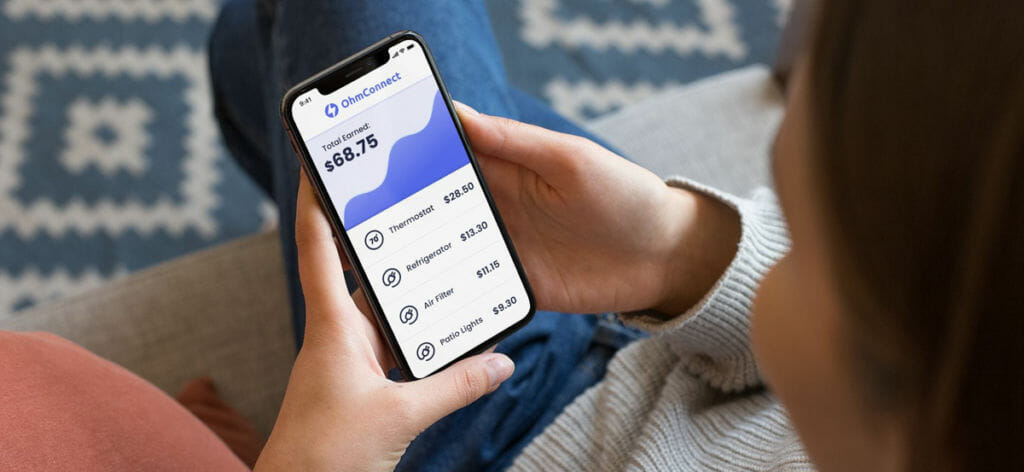
Tired of reminding everyone to turn off lights, unplug unused appliances, and quit leaving the refrigerator door open? Using programs like OhmConnect can make energy savings a fun—and rewarding—game that the whole family gets excited about. Earn rewards and prizes for saving energy, and lower your electric bill in the process.
OhmConnect rewards you for saving energy during what we call an #OhmHour. The #OhmHour is a brief window of time (usually on weeknight evenings) when demand on the energy grid is so high that utility companies would rather pay their customers to reduce our collective usage than the alternative – firing up a dirty, expensive “peaker” plant.
The average OhmConnect community member earns between $100-$300 per year! Learn more about connecting your utility to OhmConnect »
See Smart Savings with a Smart Home
Use Smart Plugs to Track Usage, Set Schedules & Save Money
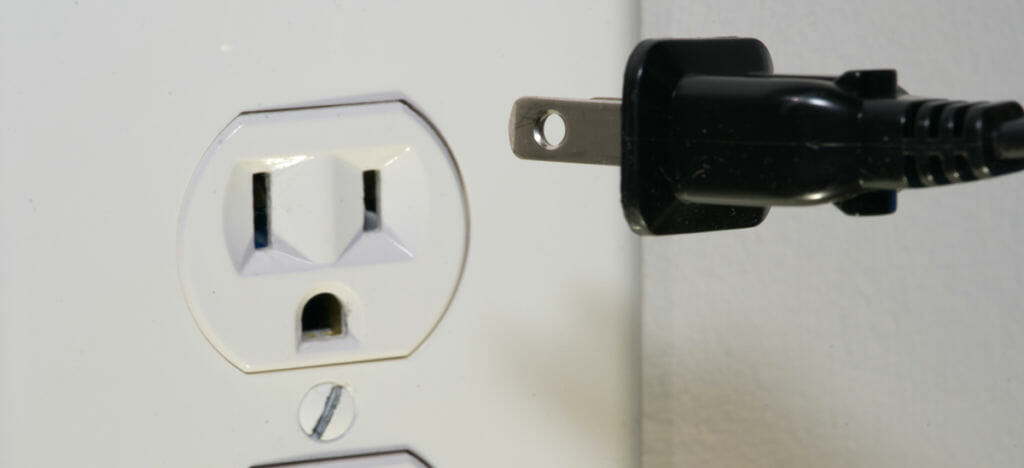
Smart plugs are an outlet that you plug into your existing outlets before you plug in appliances, but they do a lot more than just sit between your wall and your electronics. They’re a great first step into the world of home automation. Smart plugs can connect to your home’s WiFi network and make your home more energy-efficient without a big upfront investment.
Smartplug and its apps will let you:
- Track the energy consumption of different appliances in your home
- Set schedules to turn the power on and off to different appliances to reduce vampire power. Vampire or standby power can make up to 10% of your electricity bills!
- Turn the power off to devices with rechargeable batteries (like your cell phone and toothbrush) when charging is complete to preserve battery life
Keep Your Home at the Perfect Temperature with a Smart Thermostat
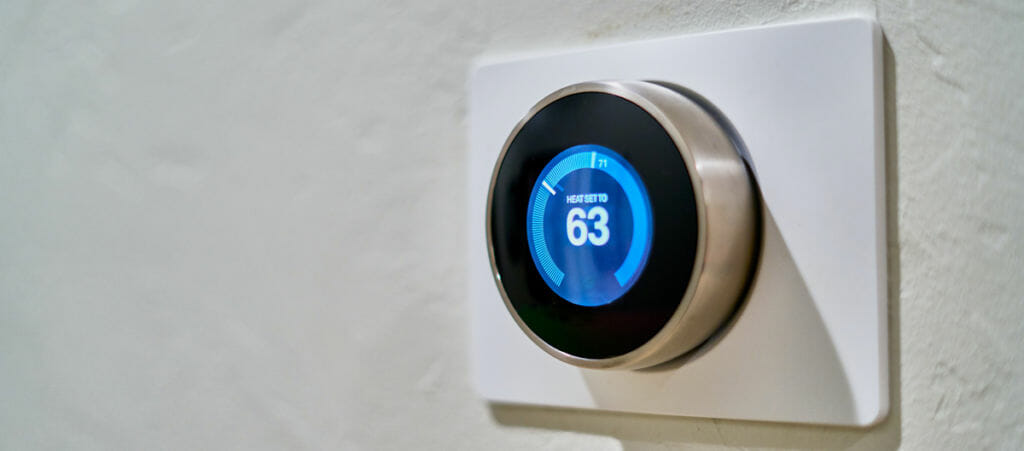
Like smart plugs, a smart thermostat is relatively easy to install and a great step in automating your home and reducing your energy costs. The smart thermostat works with your home’s WiFi network to give you control over your home’s heat and air conditioning via smartphone app—when you are home and away!
Some smart thermostats can also learn your schedule based on your daily behavior and adjust to increase or decrease your home temperature based on your patterns. Your smart thermostat can save you time and money by running your home’s heating and cooling systems more efficiently – you don’t have to remember to adjust the temperature every time you arrive and leave.
Automate Your Window Coverings for Maximum Savings
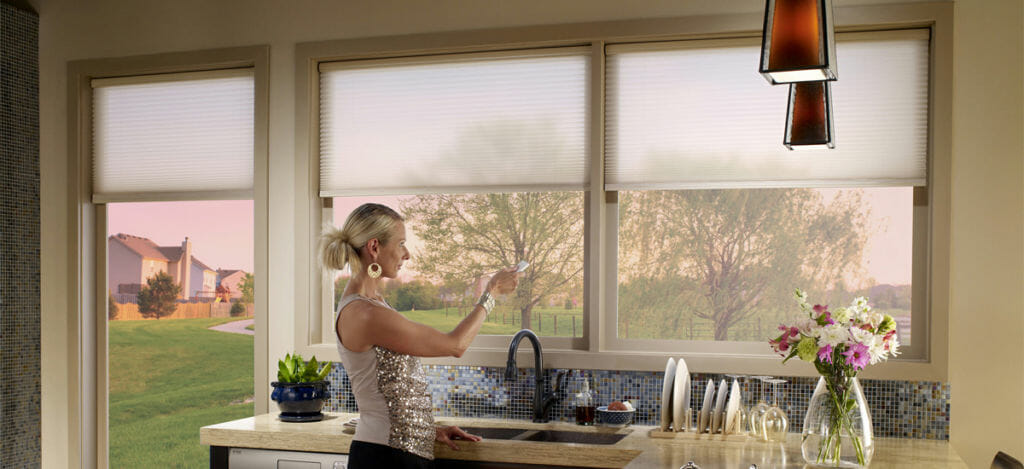
If your windows are uncovered during daylight hours, you’re allowing UV rays and hot air to enter and build up in your home all day. This increases the need to run your air conditioner to keep indoor temperatures tolerable. Keeping your shades closed during the day—especially those on windows that get direct sunlight—can drastically reduce the heat entering your home, reducing the energy you need to keep things cool.
The average home in America has 17 windows. It might sound easy to open and close your blinds at the right time each day for maximum energy efficiency, but you have to be consistent to see energy savings. If your home has a lot of windows, the time spent can add up. This is one significant benefit of motorization of your window treatments for busy homeowners—you can set timers and schedules for your blinds to open and close on their own, or even pair them with home automation solutions to control your shades from an app or via smart home voice command. Motorization allows you to benefit from the maximum effectiveness of opening and closing your blinds at the correct times each day.